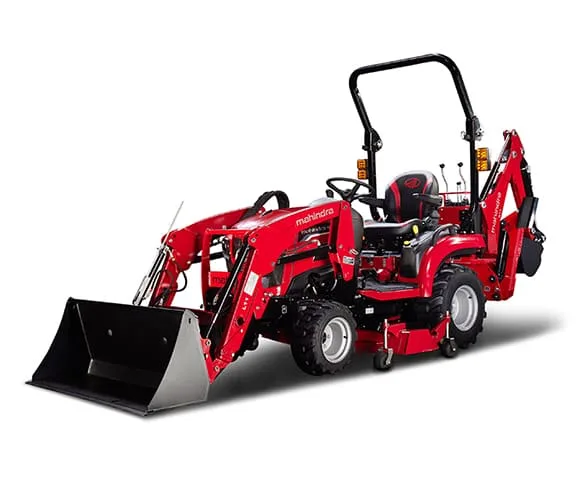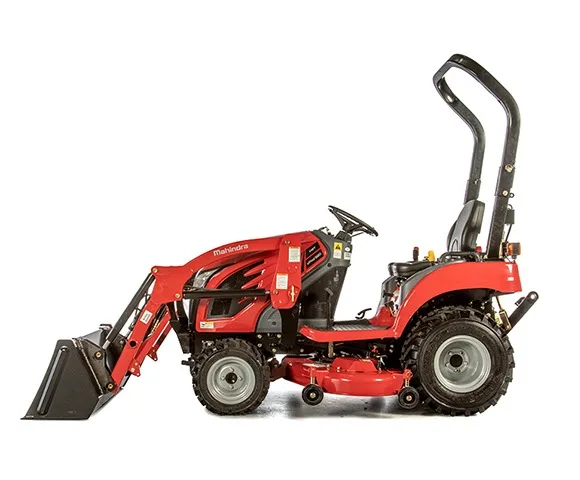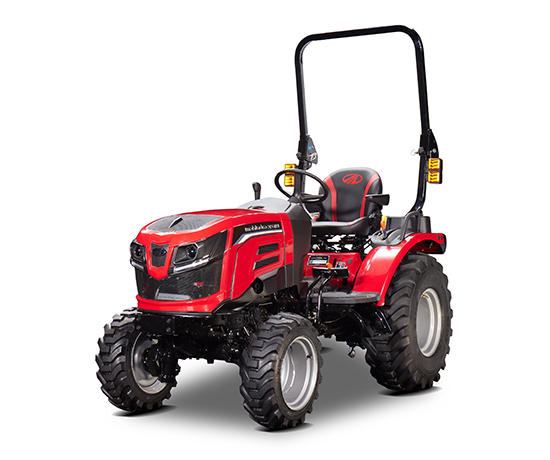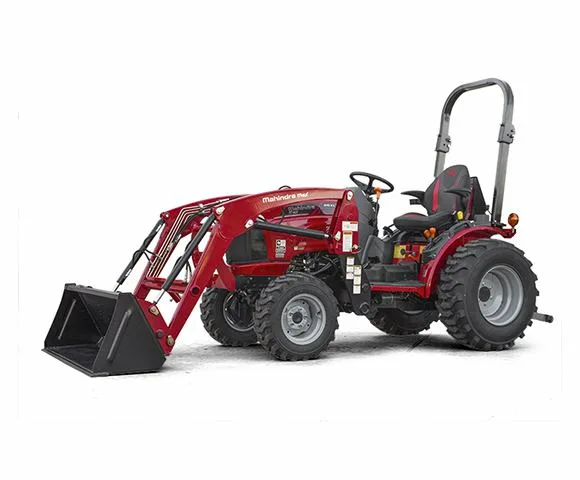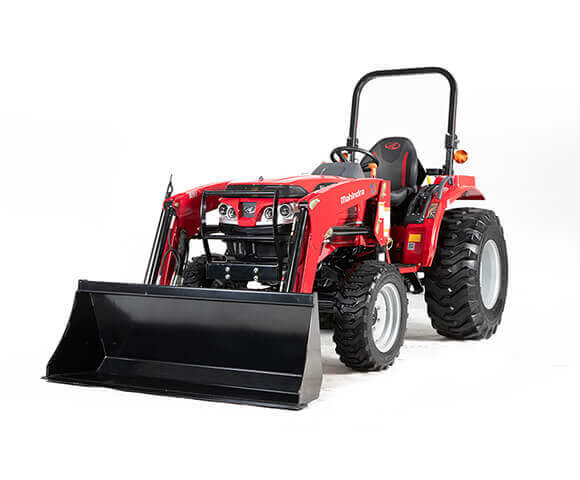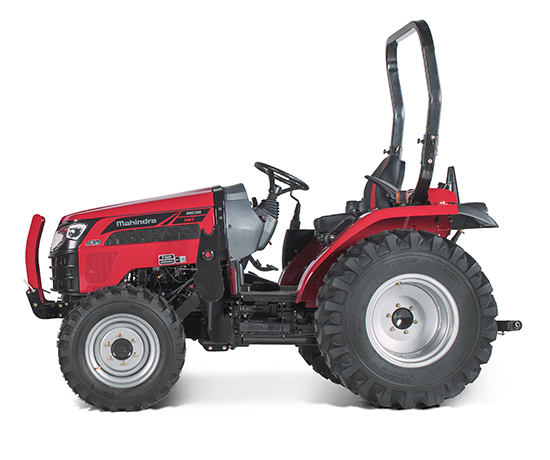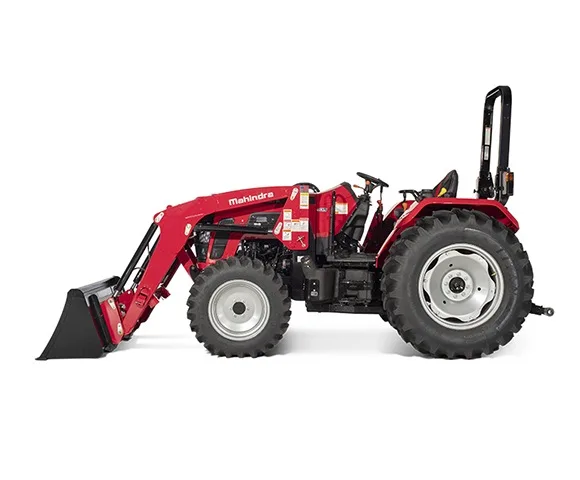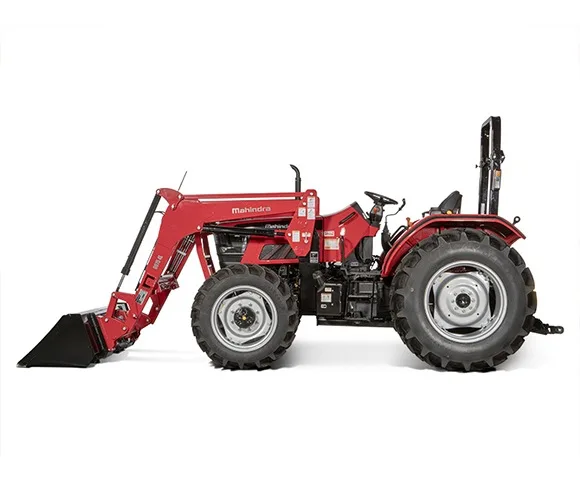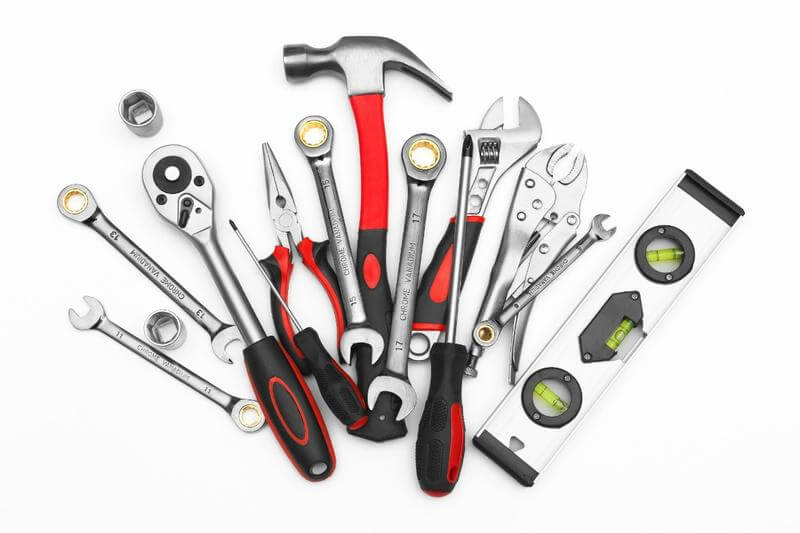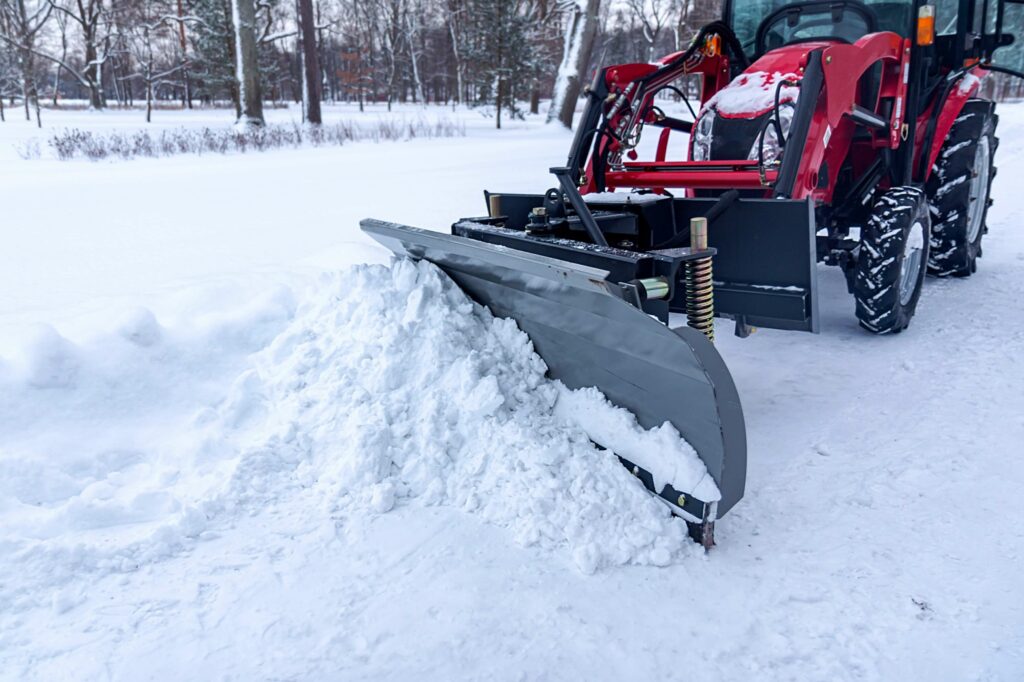
The winter months can be hard on your equipment whether you’re using it or not. As the temperatures drop, there are a handful of things you can do to winterize your tractor! So, whether you anticipate winter use or winter storage, continue reading for a few winterization tips.
1. Optimize Your Fuel
Most tractors utilize diesel, so if that’s the case, you might want to switch to a different fuel grade during the winter. For example, going from #2 to #1 diesel can help you avoid fuel issues at lower temperatures. You can also optimize your fuel by adding a stabilizer.
2. Check Fluids
Along with your fuel, you’ll want to check the condition and levels of fluids like oil and coolant. Make sure the products you’ve been using have appropriate temperature ratings! You can consult your owner’s manual for specific recommendations regarding products for use in more extreme temperatures.
3. Clean Up Your Equipment
Now is also the right time to give your equipment a deep clean! Keeping your tractor and implements clean can help you identify any issues or damage that might occur during the winter. You can more easily monitor leaks or potential problems with a clean tractor.
4. Prepare the Batteries
t’s also important to prepare your batteries for the winter months. If you don’t intend to use your tractor, it’s best to completely disconnect the battery for storage. On the other hand, machines that will get used in the winter will need to be completely charged for the best operation. In fact, you may need to connect the battery to a charger throughout the winter to maintain the battery’s functionality.
5. Address Maintenance Tasks Now
Winterizing your tractor also includes maintenance tasks. Ideally you’ve been following a regular service schedule, but either way it will be crucial to make any repairs or complete regular tasks now. You should change filters, oil, and radiator fluid if necessary and attend to any major repairs that need to be done.
The tractor tires will be another major maintenance task to consider as you head into the colder months. You may need to change your tires completely or fill them to an appropriate air pressure level. Colder temperatures can cause tire pressure to decrease, so you’ll want to check this before you use your tractor!
6. Prepare for Storage
If you won’t be using your tractor during the winter, it’s best to store it for the season. To prepare for this, you’ll do the steps listed above, but you’ll also want to consider the storage space itself. Clean up the space so you can easily access your tractor to monitor its condition and in case you need to take it out of storage sooner than expected!
Winterizing your tractor can preserve its condition and make winter work a bit easier. Visit your local Mahindra® dealer to stock up on parts and products.
